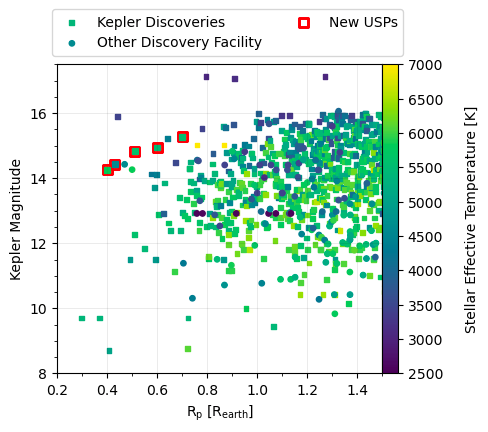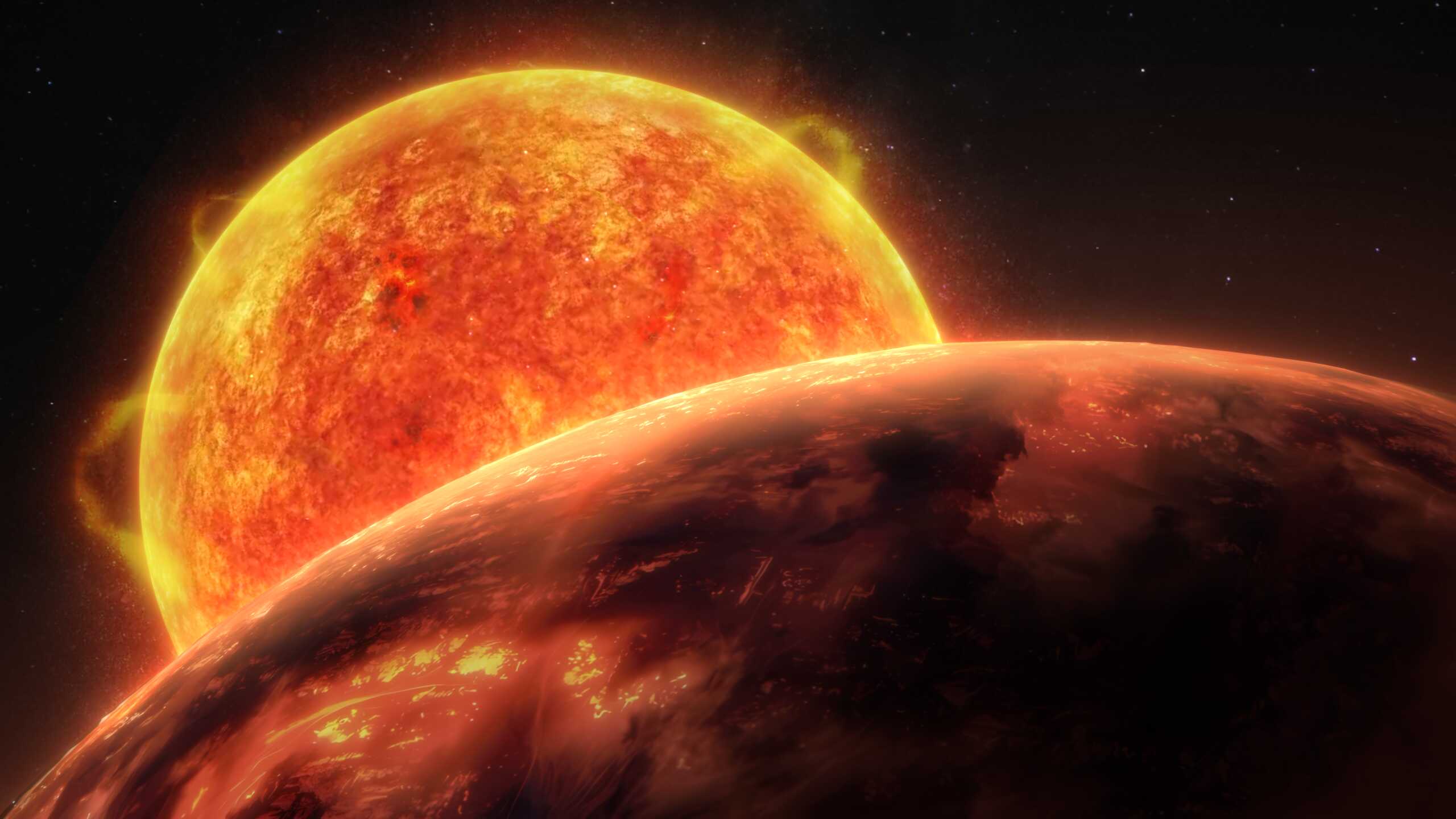Using Artificial Intelligence to Discover the Closest and Smallest Exoplanets Around Solar-Like Stars to Date
Recently, an international team led by Professor Jian Ge from Shanghai Astronomical Observatory, Chinese Academy of Sciences, successfully discovered five new ultra-short-period planets (USPs), smaller than Earth and with orbital periods shorter than one day, using data released by Kepler in 2017. This was achieved through an innovative deep learning algorithm combining GPU phase folding and convolutional neural networks. This is the first time that artificial intelligence has successfully completed the tasks of searching for candidate signals and identifying true signals in one go. It is also the first time that neural networks have been trained with a large number of simulated transit signals, allowing the detection of weaker signals than those found by previous internationally advanced algorithms. Among these planets, four are the smallest and closest to their host solar-like stars discovered so far, with sizes comparable to Mars. The related research results were published online in the Monthly Notices of the Royal Astronomical Society (MNRAS).
The international research team led by Jian Ge spent five years innovating and successfully developed the new deep learning algorithm (GPFC) combining GPU phase folding and convolutional neural networks. This GPFC algorithm increases search speed by about 15 times and improves detection accuracy and completeness by about 7% compared to the internationally popular BLS method, significantly enhancing the speed, accuracy, and completeness of transit signal searches. The algorithm has already been successfully applied to Kepler’s dataset, identifying five new USPs: Kepler-158d, Kepler-963c, Kepler-879c, Kepler-1489c, and Kepler-2003b. Among them, Kepler-879c, Kepler-158d, Kepler-1489c, and Kepler-963c rank first, second, third, and fifth, respectively, among the smallest USPs discovered so far. Kepler-879c, Kepler-158d, Kepler-1489c, and Kepler-2003b are among the closest small planets to their host stars, with orbital radii within five stellar radii, showcasing the advantages of the new algorithm in detecting faint transit signals.

Figure 1: Distribution of known planet radii and orbital semi-major axes, along with the five newly discovered ultra-short-period planets (red dots). Four of the new ultra-short-period planets—Kepler-158d, Kepler-879c, Kepler-1489c, and Kepler-2003b—are among the smallest planets closest to their host stars (Mars-sized), with orbits within five stellar radii

Figure 2: A diagram showing the relationship between planets with radii less than 1.5 times that of Earth, the five newly discovered ultra-short-period planets (marked with red circles), and the Kepler magnitude of the host stars of confirmed exoplanets from NASA's exoplanet archive. The color of the markers corresponds to the effective temperature of the host stars. The host stars of the newly discovered ultra-short-period planets are the dimmest targets among solar-like stars (with effective temperatures around 5000-6000K), demonstrating the ultra-high sensitivity of the new detection method.
Jian Ge stated: "The true start of this work was in 2015, when AlphaGo made a major breakthrough by defeating professional Go players. Inspired by my colleague Professor Xiaolin Li from the Computer Science Department at the University of Florida, I decided to apply deep learning in artificial intelligence to the data released by Kepler, in hopes of finding weak transit signals that traditional methods could not detect, including Earth 2.0 in the habitable zone around solar-like stars. Fortunately, after nearly 10 years of effort, we finally have our first harvest. Even more surprising is that this year’s Nobel Prizes in Physics and Chemistry were awarded to advocates of deep learning and the AlphaFold team, who used deep learning to predict protein structures. It seems we have caught up with the new wave of technological advancements. This breakthrough discovery is yet another milestone in the application of artificial intelligence to astronomical big data. To use AI to 'mine' extremely rare new discoveries from vast astronomical data, innovative AI algorithms must be developed, and large artificial datasets must be generated based on the physical image characteristics of newly discovered phenomena. This enables fast, accurate, and comprehensive detection of rare and faint signals that are difficult to find using traditional methods."
The existence of these USPs provides important clues for understanding the early evolution of planetary systems, planet-planet interactions, and star-planet interaction dynamics (including tidal forces and atmospheric erosion), and holds great significance for the study of planetary formation theories. This research offers a new approach for efficiently and rapidly searching for transit signals in high-precision photometric observation data, and fully demonstrates the broad potential and prospects of artificial intelligence in exploring faint signals within vast astronomical datasets.
“Ultrashort period planets, or ‘lava worlds’, have such extreme and unexpected properties, and they might give us clues about how the orbits of planets can change over time — by spiraling inwards or being thrown around by interactions with other planets. I had assumed the data returned by the Kepler mission had already been “mined out” and would contain no additional planets, so I’m delighted to know of these new possible planets.” Commented by Professor of Josh Winn of Princeton University.

Artist’s impression (Credit: Yan Shi): The newly discovered Mars-sized ultra-short-period exoplanet. Due to its proximity to the host star, not only is the planet's surface temperature extremely high, but tidal forces also compress its interior and surface, leading to significant volcanic eruptions.
Paper Link:
https://academic.oup.com/mnras/article/534/3/1913/7762975
Contact:
[Expert Contact]
GE Jian
Shanghai Astronomical Observatory, Chinese Academy of Sciences
jge@shao.ac.cn
Phone number: 13764339667
Download attachments: